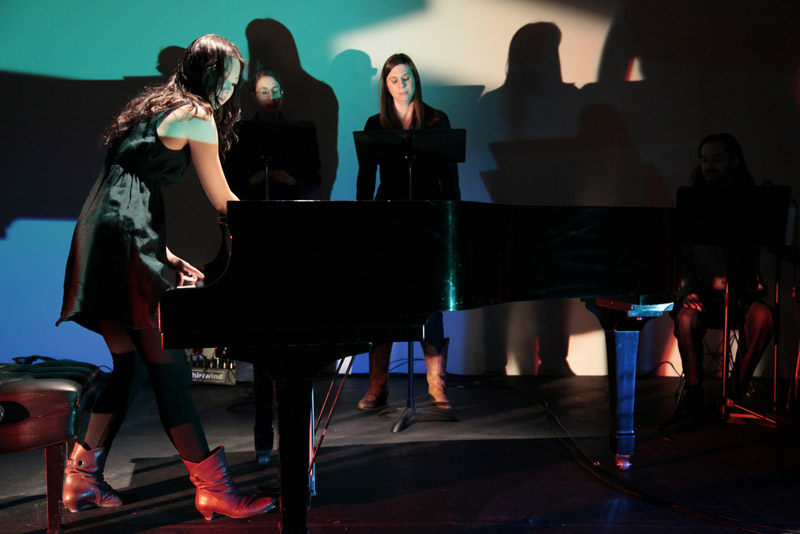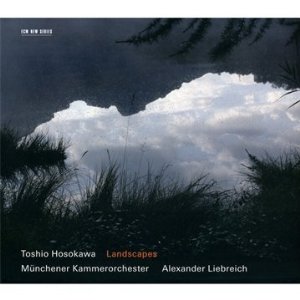
Some of the arts organizations in New York are venerable establishments. Others may be relative newcomers, but take little time to install themselves as intrinsic parts of the music scene. It has only been here since the early aughts, but many of New York’s performers and concertgoers would have a hard time envisioning musical life here without the countless collaborations and imaginative programs brought to fruition at the modest-sized, yet mightily influential, Austrian Cultural Forum.
ACF begins its tenth season with a celebration: a concert this Friday at Bohemian Hall: a more commodious space. At Bohemian Hall, they have an enlightened take on the acquisition of celebratory libations: according to the press release, “Concert-goers can buy a glass of wine, liquor or Czech beer to enjoy at the performance. The bar at Bohemian National Hall will be open before, during and after the concert.” Beat that Avery Fisher Hall!

Appropriately enough, the event spotlights three Austrian composers: Clemens Gadenstätter, Bernhard Gander, and Bernhard Lang. The program, which includes two US premieres, will be performed by the Talea Ensemble with guest vocalist Donatienne Michel-Dansac. Both Lang and Gander will be in attendance. They will join Columbia University professor George Lewis for an onstage discussion. And did we mention that this event, as well as the nine subsequent programs on ACF’s season, are free of charge?
For those of you unfamiliar with soprano Donatienne Michel-Dansac, she’s a highly regarded performer of European composers from the second moderns school. Check out the video clip below of her performing an excerpt of a work by Georges Aperghis.
[youtube]http://www.youtube.com/watch?v=3DAHv88nces[/youtube]
Event Details
February 17, 8:00 pm: Talea Ensemble with soprano Donatienne Michel-Dansac
Bohemian National Hall at Czech Center, 321 E 73rd St., New York, NY
Program: Works by Clemens Gadenstätter (US premiere), Bernhard Gander (US premiere) and Bernhard Lang




 Washington, D.C. readers may have noticed that the new music scene in the District has been exploding lately. This week brings another significant event when New York’s
Washington, D.C. readers may have noticed that the new music scene in the District has been exploding lately. This week brings another significant event when New York’s 









